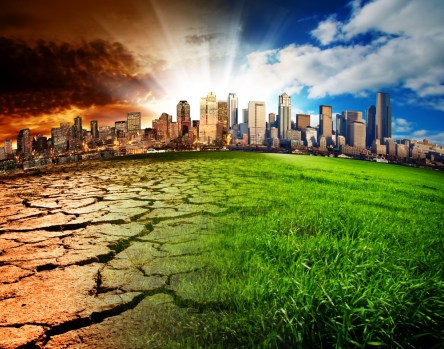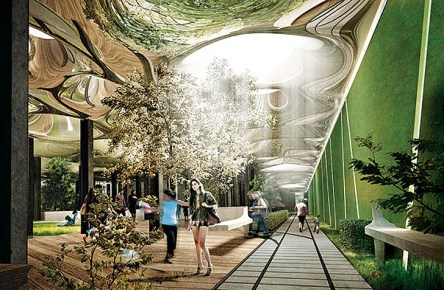Treaties and international accords can certainly trigger change, but most of the time the real action happens on the ground. Grassroots campaigns and public support can often pick up momentum, powered by the actions of small groups and individuals committed to a cause. As a result, when it comes to global issues like sustainability, renewable energy and climate change, cities have to power to make a big difference. “There is no single solution for solving global climate change,” declares the C40 Cities organization, “but cities have the ability, capacity and will to lead.” “We believe that a global future lies in urban innovation and action,” the group states on their website. “As the majority of future humans will live in cities, it just makes sense that our solution to climate change will reside there too. A Costly Climate While images of starving polar bears and collapsing glaciers have come to symbolize the environmental impact of a warming planet, the economic effects felt by cities are equally significant. According to a new study published in Nature Climate Change, large metrolpolitan areas experience the economic consequences of climate change at a rate three times higher than the less populated regions of the world. Some of the costs are the result of the “urban heat island effect.” Because cities often include huge swathes of land covered in pavement and concrete buildings, the heat those materials absorb is emanated back out into the atmosphere, resulting in temperature increases as high as 19˚F. Researchers have dubbed Los Angeles an “urban heat archipelago,” for example, because urban sprawl has led to several “islands” spread out across the Los Angeles Basin. “It’s like a whole chain of urban heat islands that run into each other,” explained Gina Solomon, Deputy Secretary for Science...
Under Delancey Street...
New York's Lowline Project
A new era of metropolitan re-use and restoration is taking hold in cities around the world. On New York’s Lower East Side, two visionaries are taking the urban greenspace movement to the next level by putting it underground. With a planned debut in 2020, the LowLine project promises to create a calm, cultivated woodland atmosphere in an abandoned trolley terminal sprawled out beneath Delancey Street. Buried in New York’s Lower East Side lives a secret space and futuristic opportunity. In 1908, the Williamsburg Bridge Trolley Terminal debuted. The one-acre property located under Delancey Street primarily served trolley passengers traversing Manhattan’s submerged passageways. Though it’s been shuttered for more than 60 years, the original vaulted ceilings and cobblestone walkways still sit, patiently waiting for a new era of city residents to venture below. If James Ramsey and Daniel Barasch have their way, those Big Apple visitors will soon be enjoying a belowground wonderland, outfitted with hidden nooks, man-made stalagmites, trees and maybe even a hitchhiking frog or two all lit-up by the latest in solar-refraction technology. Christened the LowLine, this subterranean greenspace is part botanical garden, part laboratory, and part social experiment. For co-founders Ramsey and Barasch, the LowLine offers the chance to add much-needed greenery to one of the city’s most urban environments. A Shared Vision Manhattan’s Lower East Side represents a microcosm the borough’s transformation from humble, insular neighborhood into a jubilant melting pot of immigrants, boutique businesses, corporate high-rises and creative visionaries. When Ramsey learned of the Williamsburg trolley terminal in 2008, he was struck by its potential. He envisioned plants and trees thriving in a sort of “park” that would benefit the entire community. “It’s not every day that you find 60,000 square feet in New York, right?” Ramsey recently stated...


